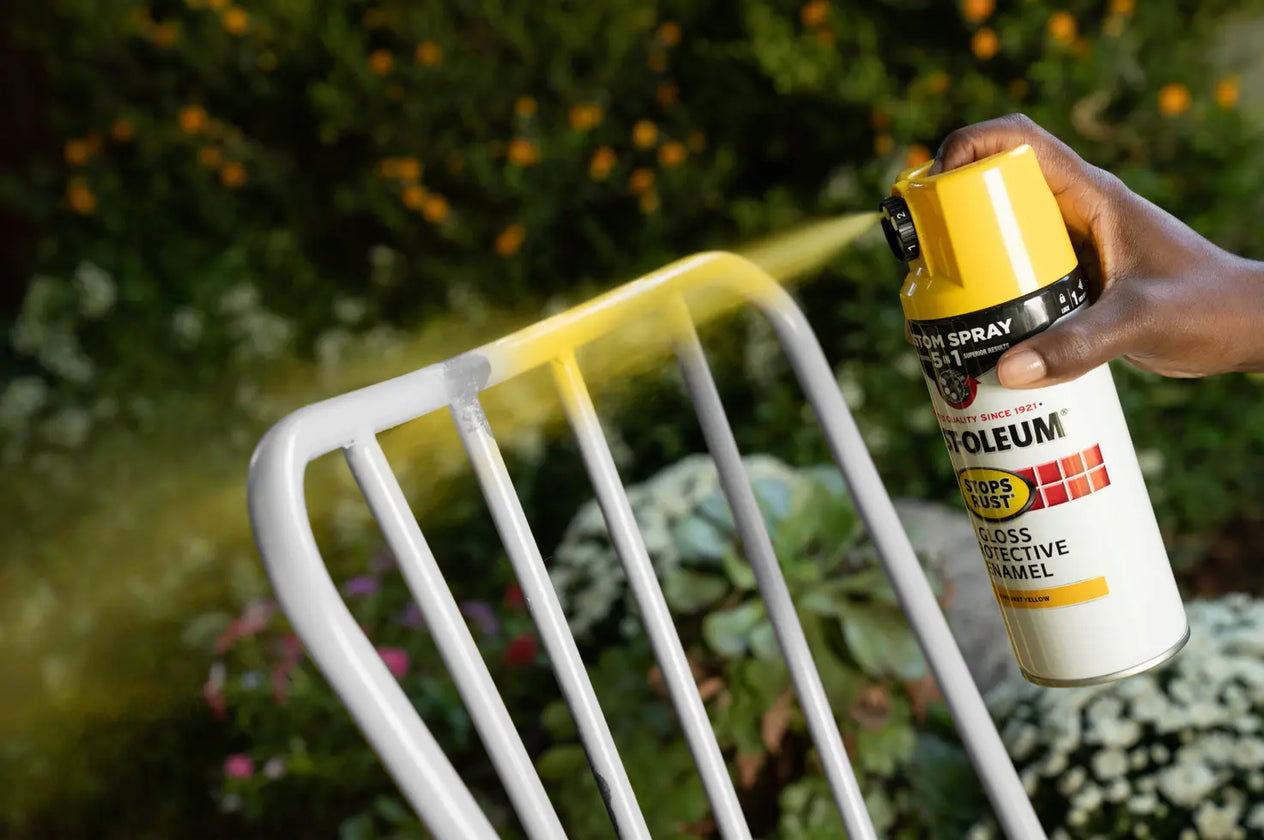How Long Does a Paint Can Last: A Comprehensive Guide

Introduction
Paint cans are a staple in every DIY enthusiast's toolkit. Whether you're sprucing up your living room or embarking on a large-scale renovation project, understanding the lifespan of a paint can is crucial. In this blog post, we will explore the factors that affect the longevity of paint cans and provide useful tips to maximize their shelf life.
The Shelf Life of Unopened Paint Cans
Unopened paint cans have a relatively long shelf life, typically ranging from one to five years, depending on the type of paint. Oil-based paints tend to have a longer shelf life compared to water-based paints. It's important to note that manufacturers often provide a "best before" date on the can, which indicates the optimal timeframe for using the paint.
Factors Influencing Paint Can Longevity
Several factors can influence the lifespan of a paint can, both unopened and opened. Exposure to extreme temperatures, moisture, and sunlight can degrade the quality of paint over time. Additionally, the quality of the paint, its formulation, and the storage conditions play a significant role in determining its longevity.
Storing Paint Properly for Extended Life
To extend the life of your paint, it's crucial to store it correctly. Ensure that the paint can is tightly sealed after each use to prevent air from entering, which can lead to drying or contamination. Store paint cans in a cool, dry place away from direct sunlight and fluctuating temperatures. Consider using airtight containers or plastic wrap to further protect the paint from exposure to air.
Signs of Paint Deterioration
Even with proper storage, paint can deteriorate over time. Signs of paint gone bad include a foul odor, mold growth, color separation, thickening, or the formation of a skin-like layer on the surface. If you notice any of these signs, it's advisable to discard the paint and purchase a fresh batch for optimal results.
Responsible Paint Disposal
Proper disposal of paint is essential to protect the environment. Avoid pouring unused paint down the drain or into the garbage, as it can contaminate water sources or harm wildlife. Instead, consider donating usable paint to local charities or community organizations. If the paint is no longer usable, check with your local waste management facility for guidelines on disposing of paint safely and responsibly.
Conclusion
Understanding the lifespan of a paint can is crucial for achieving satisfactory painting results. By following proper storage practices and recognizing the signs of paint deterioration, you can maximize the shelf life of your paint cans. Remember to dispose of paint responsibly to protect the environment. With these tips in mind, you'll be well-equipped to tackle your next painting project without any concerns about the quality of your paint.

